In The Montessori Method, Maria Montessori introduces a scientific approach to pedagogy. The Montessori schools which she established and developed are intended for children three to seven years of age. The children are allowed as much freedom as possible and are provided with "didactic materials" which are various artifacts which they can use to educate themselves. They are supervised by a single directress whose primary task is too observe the children and direct their efforts by explaining to them how various didactic materials are used (it’s very simple, but nothing is obvious to a young child). This book offers some valuable concrete advice, but its primary use is as an introduction to the approach of scientific pedagogy. The basic premises are that i. Children have a natural desire to learn and ii. One can learn how to live in freedom only by being free. These premises are fully supported and fleshed out in the book. The Montessori method achieved startling results, with four year old children (on average) learning to be masters of themselves, disciplined, benevolent, self-confident, and capable of reading and writing. Every educator should be familiar with Maria Montessori’s work.
The Montessori Method: Scientific Pedagogy as Applied to Child Education in “Children’s Housesâ€
In stock
Free & Quick Delivery Worldwide
reviews
Bibliographic information
Title
The Montessori Method: Scientific Pedagogy as Applied to Child Education in “Children’s Housesâ€
Author
Edition
1st ed.
Publisher
ISBN
8177559478
Length
vi+386p., Illustrations; 23cm.
Subjects

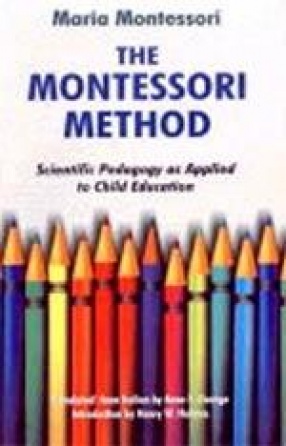
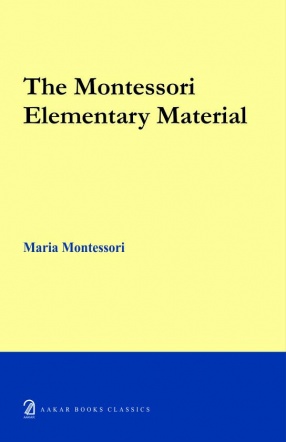
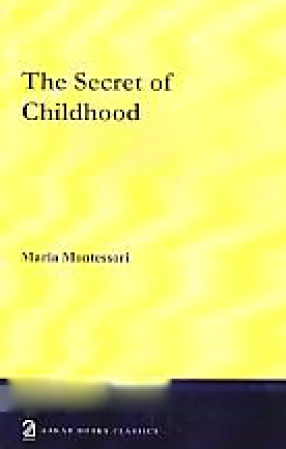
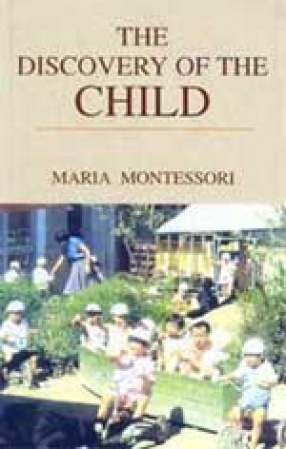
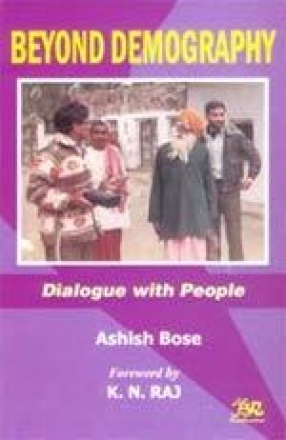
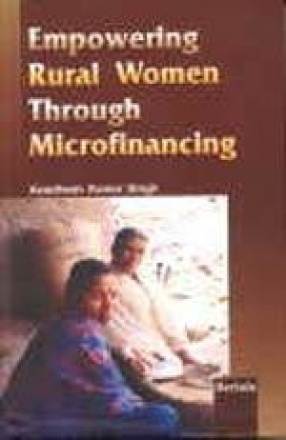
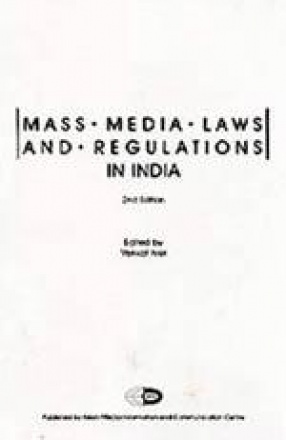
There are no reviews yet.